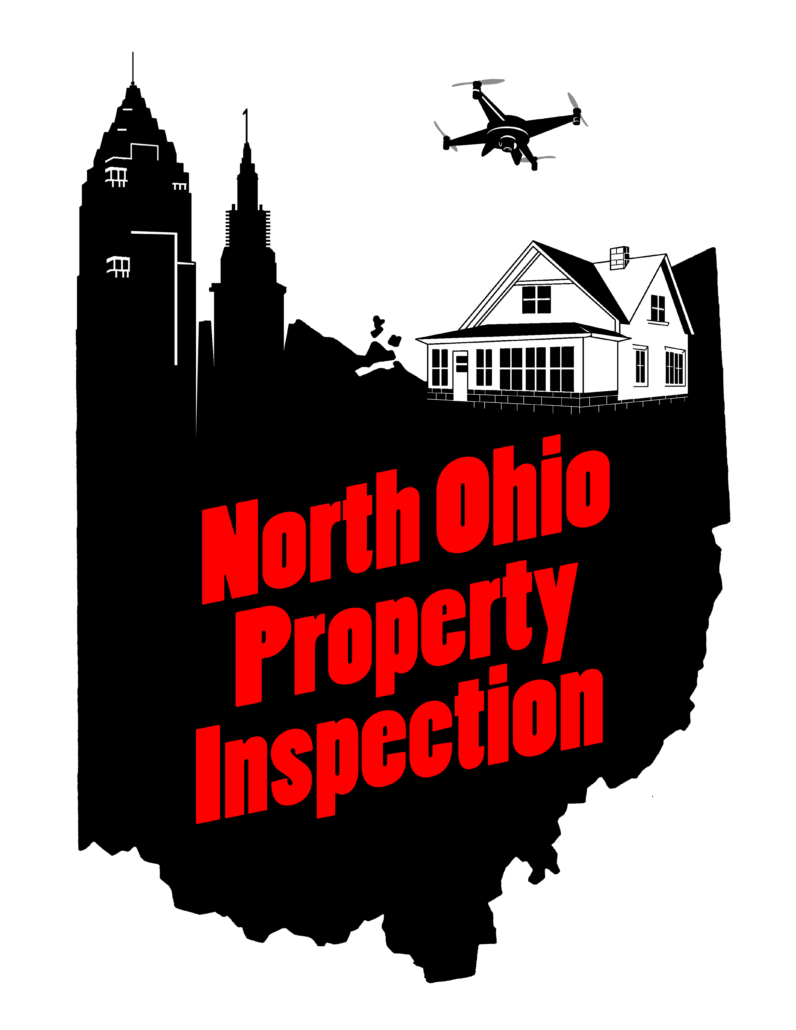What is Radon?
Radon is a colorless, odorless, tasteless radioactive gas. Radon comes from the natural radioactive decay of uranium in rock, soil and water and moves to the earth’s surface over time. Radon also dissolves into water and can be harmful from long-term exposure to a water source containing radon.
Small, trace amounts of radon are naturally found everywhere but it’s where elevated radon levels are found where testing becomes important.
What is Considered an Elevated Level of Radon?
The EPA states that any radon exposure carries some risk, however they highly recommend homes perform radon mitigation if the home’s long-term exposure will average 4 pCi/L or higher.
Radon levels of 2-4 pCi/L are considered the orange zone and “still pose a risk” and in many cases can be reduced to safe level.
How Long Does a Radon Test Take?
A short-term test takes 2 days to get results. Keep in mind the longer the testing device is in the home, the more accurate the results will be. All radon tests should be done for at least 48 hours.
Should You Test for Radon?
The Akron area has shown average indoor radon screening level greater than 4 pCi/L. This is considered the red zone, and highly recommended by the EPA to test for radon and mitigate if necessary.
Areas around Akron have shown average levels between 2-4 pCi/L, which the EPA still recommends to test and mitigate, as long-term exposure to these levels can still increase the risk of lung cancer.
The EPA states that 4 pCi/L is a recommended action level, yet homeowners can further reduce their potential lung cancer risk by mitigating homes that are below 4 pCi/L.
How Do You Get Rid of Radon?
Radon is mitigated by having a system installed (a radon mitigation system) that will use a continuous fan that pulls the radon gas from the soil underneath your foundation and exhaust it outside of the home.
A radon mitigation system typically consists of a plastic pipe that runs through a hole in your foundation slab, and is connected to a fan that blows the radon from under the home to the exterior. Each home is different, so access points to set up the radon mitigation system could result in a different solution, like through a crawlspace.
Other Radon FAQs
Do I really need to worry about radon? How dangerous can it be?
The EPA states that radon is estimated to cause thousands of deaths each year. The Surgeon General warns that radon is the 2nd leading cause of lung cancer in the United States today.
How does Radon get in my home?
Radon moves up from the soil in the ground and into cracks and holes in your foundation. Once radon enters the home, it can remain trapped and build up. All types of homes, new or old, basement or without, can have radon build up to dangerous levels.
Is it a deal breaker if a home has high radon levels?
Not necessarily. Most homes can successfully mitigate radon for about the same cost as other common home repairs. This does need to be carefully negotiated, so you, the buyer, can ensure a quality radon mitigation specialist is installing a quality system. Or that you’re getting the proper concessions to cover at least part of the cost to mitigate.
Radon is is actually much easier to fix than many other plumbing, electrical or HVAC related issues.
Can I do a radon test myself?
There are many DIY radon test kits available. The rate of error in testing is much higher when not done by an inspector or specialist with experience, so you’ll want to make sure to follow the instructions carefully that come with the kit.
We firmly believe the potential risks of improperly testing and being exposed to radon long-term are not worth the small savings from doing it yourself.
What are different types of radon tests?
Short-term radon testing
This is the quickest way to get radon results. Short-term radon tests remain in your home for two to 90 days, depending on the device. . “Charcoal canisters,”“alpha track,”“electret ion chamber,”“continuous monitors,” and “charcoal liquid scintillation” detectors are most commonly used for short-term testing.
This is the best route if you require quick results, but keep in mind that a short-term test will not be as accurate at testing year-round radon averages.
Long-term radon testing
Long-term radon tests remain in your home for 90 days or more. Common methods use “alpha track” and “electret” detectors. A long-term test will have higher accuracy in determining year-round average radon levels.
How much does radon mitigation cost?
The average cost to install a radon mitigation system falls around $1,000 according to about 1500 customer reports from HomeAdvisor. The National Radon Program Services estimates the average cost at $1,200. This cost will fluctuate based on the system that is required and your homes layout/design/foundation.
Helpful Radon Resources
North Ohio Property Inspection is a leading Medina home inspection company that specializes in homebuyer inspections and radon testing. We also service the Akron-Cleveland metro areas.



